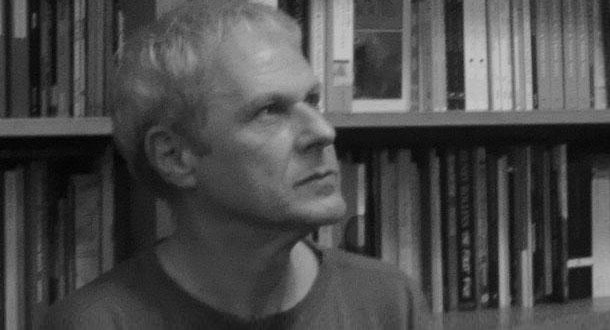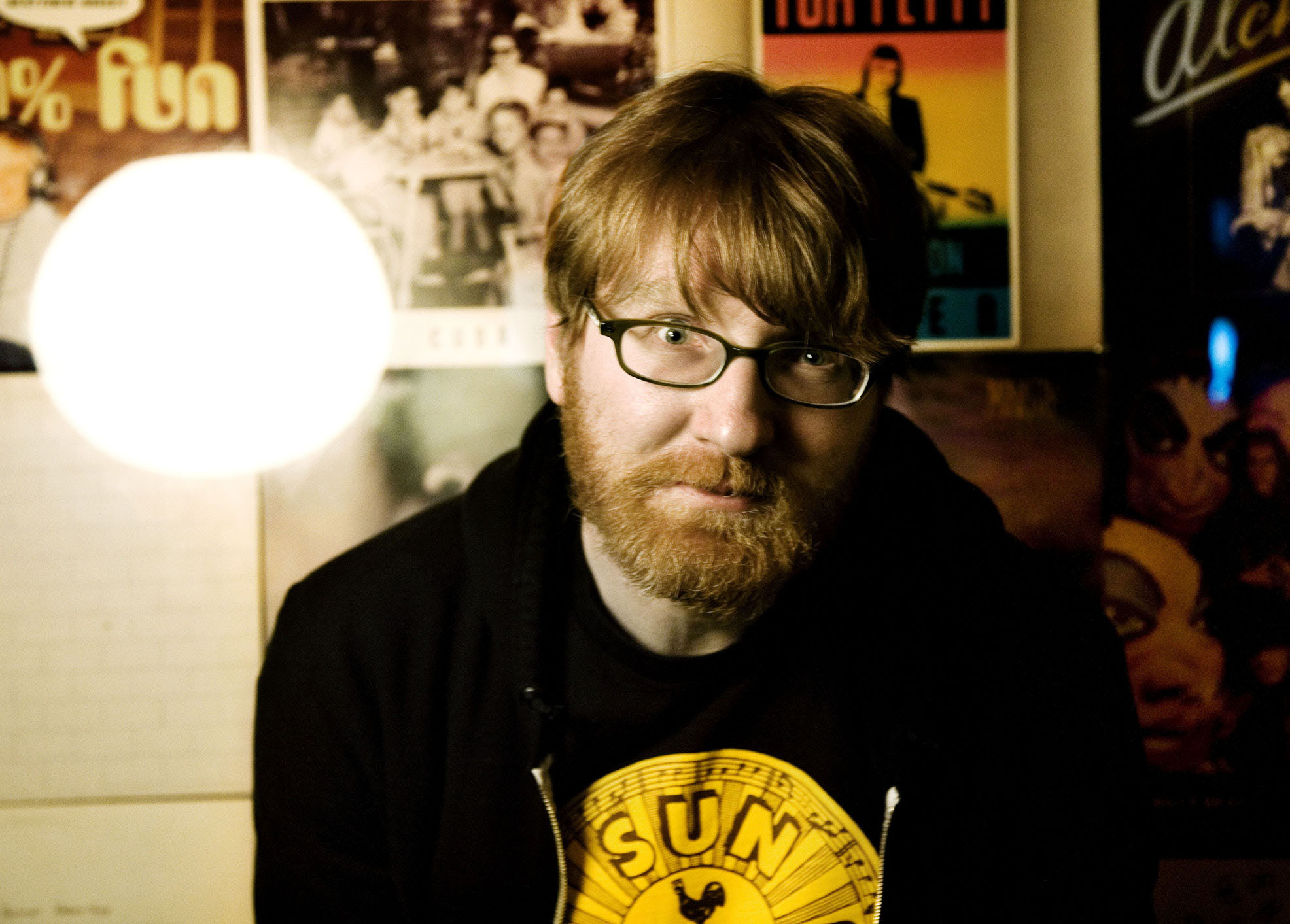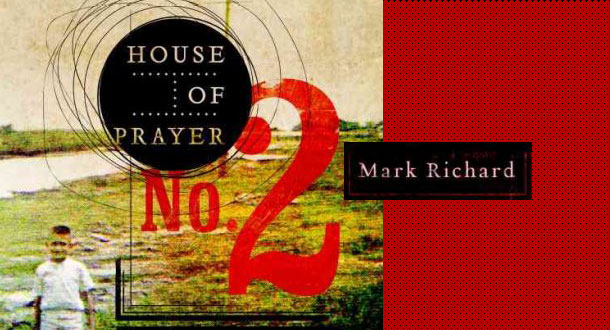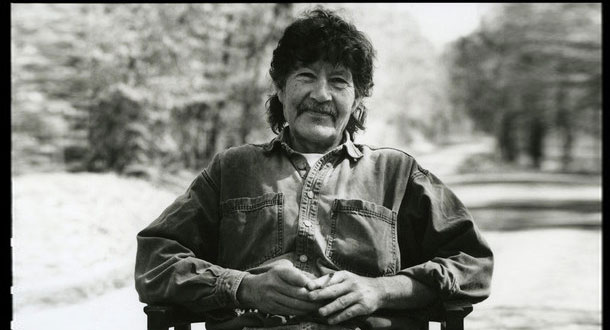D. Foy's voice is unlike anything else on the shelves today.
His whipcrack debut, Made to Break, caused a stir in literary circles. So many people were talking about it he ended up on my radar for the LitReactor workshop program. I shot him a note and asked him if he was interested in teaching a class. He came back with Gutter Opera, an idea I fell in love with before I'd even finished reading the pitch.
Foy has taught Gutter Opera for us a couple of times now (with another session coming up on November 15). Even more exciting, his second novel, Patricide, is out now. There's a lot I could say about it but I'll settle on this: It's the kind of book that tells you its story by grabbing you by the back of the neck and pulling you close; both intimate and intense.
To mark the release, we talked a little about the book, but also, the rigors of touring, and Gutter Opera, a form (or is it a form?) that I'm proud to have on the class slate.
Your latest book is called Patricide, and it’s about two kinds of fathers—the micro father, who raises us, and the macro father, the systems of nurture and influence that define us. What was it that brought you so strongly to this subject?
The catalysts for this book are manifold, really. As you say, there’s the father in Patricide, and then there’s The Father. Pretty quickly after I’d begun to explore the father in this book, I began as well to consider all the forces that make the father who and what he is. And once I delved into that relationship, things instantly opened up. The two, it seems to me, are far from mutually exclusive. In fact, they’re both part of an eternal cycle of cause and effect. The Father—the patriarchy, that is, within whose laws and codes most of the world’s societies function, its principal dynamo being the attainment of power—is the immediate and ongoing corollary to the father—the man who raises his children inside this patriarchal system, which he, his contemporaries, and, most of all, his lineage of forebears, have very systematically constructed to their exclusive benefit. The father, in turn, is the counter-corollary to The Father. They’re two parts of the same beast, what elsewhere I called a Janus of sorts who regardless of what he does can’t do more than destroy things. I became fascinated with this double figure, and the dynamic that creates it, the way a writer has to be fascinated enough with anything to merit the time it takes to write a book about it.
You’ve described your first novel, Made to Break, as gutter opera, which you’ve described as: “an amalgam of principles, techniques, strategies, and perspectives deployed singly and in unison to achieve a vision that couldn’t otherwise be achieved.” Does Patricide adhere to gutter opera, or evolve it?
Definitely. As different as these two books are in form and content, the methodologies I brought to bear on their creation are the same. The description of gutter opera that you quote is true, though not comprehensive. Since LitReactor asked me to teach a course on it, I’ve written many “definitions,” none of them really grasping the whole. The most satisfying, universal “definition” I’ve come up with, at least for now, is, “Gutter opera is a mode of creating arts that’s best characterized by how it expresses a way of thinking, a way of accessing and synthesizing, by whatever means possible, so long as it’s natural, the memes at our disposal. Gutter opera is ontological. It isn’t, in other words, about this or that but about this and that, which is life itself, being.” Patricide very much works according to this understanding. As a whole—the book I’ve put into the world—is the form this thinking takes. My principal emphasis in the Gutter Opera course, actually, is on how to learn to think in the way I’m describing.
Gutter opera is a pliable discipline. We have students who come here to learn how to do it—how does the form change based on their participation? What do you get out of the classes?
Well, as I say in one of my lectures, I’m not concerned so much with the kind of art I or anyone else makes. I’m concerned with how we go about the making, and with the spirit that drives how we go about the making. The form that one practitioner’s gutter opera assumes is—and should be—very different than any other’s. We all have our unique virtues and flaws, and these, all of these, the weaknesses included, are at the foundation of the practice. You have a way of seeing the world, a way of perceiving the world, reasons for why you attend to the things you do and don’t, which I’d never expect anyone else to have, as a matter of course. My purpose in sharing this methodology is to guide people deeper into themselves. The artist’s foremost strength is herself—everything she is and isn’t. What happens when that artist doesn’t trust herself, and all the things she’s been given, things no one else has been given? She’ll look outside of herself for the things to make her art, which, paradoxically, regardless of her efforts, will never be what I consider to be art. The tools I offer to my students are every one of them a means to further clarity and deeper understanding of the mechanisms they use to navigate life. The greater our clarity and understanding, the stronger the bond we have with and the deeper our trust in ourselves. Until we trust ourselves, truly, profoundly, the things we make will only be shadows of the things—what I call “artifice”—we might make yet. Artifice is the child of distance. Art is the child of nearness. Nearness is trust. Distance is distrust. When I can walk away from a class knowing I’ve guided just one person toward seeing these things, and therefore to see themselves more clearly for just who and what they are, I’m very, very happy. And that’s what I get—the real pleasure of knowing another person in the world now has a deeper relationship with themselves and the process through which they make their art.
I read an interview where you talked about the incredible amount of work that went into promoting Made to Break—more work than I think a lot of small press (and even large press) authors realize they have to commit. What did you learn from promoting that book that you hope carries over to this one?
It’s true! The promotional work I did for that book was, pardon my French, freaking colossal, confounding, calamitous, convincing, and contenting all in one. Which is to say, the last thing I did was walk away empty-handed. But a lot of what I learned wasn’t what I expected to learn. I got to see what I am made of. I have a lot of willpower, I learned, more than I thought. And it takes truckloads of willpower to go out there principally on your own, for months, all to put before other people this little thing you’ve made in the hope that they’ll engage it. What makes my book more important or worth more money and time and energy than someone else’s book, or, for that matter, someone else’s plight? We need to believe in the value of what we’ve done. We need to know that that value translates not so much to our own success in the form of money and acclaim—though of course we’d all like that too—as to the betterment of the people we’ve done it for. I believe that more than anything else, the first quality an artist has to have, and that without which she’s not by my standards an artist, but something else, is generosity. I’m not here to change people per se or to help people per se but simply to be witnessed by my fellows. I don’t think people want to be helped so much as they want to be seen and heard. That can’t happen without others, and without allowing ourselves to be witnesses by them. We’re not alone, whatever we may think. And to be seen and heard, we’ve also got to look and listen. It’s a cycle, an ongoing process of mutual reciprocation. Going out with my last book the way I did, doing forty readings in something like thirty-five cities, I needed others to be there with me. I received so much from so many, a chunk of whom until then I knew very little or not at all. Folks, honestly, came out of the woodwork to help me make the dream real—from contributing to the Indiegogo campaign I ran to subsidize the tour—the first of its kind, by the way, to my knowledge—to offering up their homes, to buying my book, sometimes copies at a time. Most important of all, though, I think the tour greatly helped to get my name on the map, which, in the end, was my goal. I was an unknown author coming out of the gate. How does a guy in that situation cut through the miles thick bank of white noise that is today’s world of books and their hype? There as many ways to do that as there are to catch a bird. Taking it to the streets, which in short is the nature of a book tour, is a good way to start.
Your narrative voice is very sharp and very unique—do you find that it comes naturally, or do you find yourself building it in the editorial process?
I could roam around with a lot of this’s and that’s by way of answering, but the short version is that, yes, it comes naturally. But the coming naturally was not at first remotely natural, largely because for a long time I didn’t trust myself to speak what I know. I talk a lot about this in the Gutter Opera course. It’s in fact at the heart of the class, this business of learning to trust. People write volumes about the nature of “style,” which for all intents and purposes is what we mean when we say “voice,” but never get at what it really is. And what it really is—all that it is—is the form the artist’s mind assumes in the moment of her art’s creation. In other words, when we say we like a writer’s style, what we mean is that we like the way that writer thinks. The opposite is true, as well. None of this, however, is to say that I don’t revise. Writing is revision, revision is writing. I subject my stuff to seemingly endless scrutiny. A couple years ago I did a short interview for you guys, with Emma Clark, in which she asked about my biggest professional regret, to which without hesitation I said, “Showing my work too early for too long.” It’s the extremely rare great writer who doesn’t edit the crap out of her work. Patricide, for example, was around 330,000 words in its initial draft. Now it’s something like 110,000. I cut it down by two-thirds, not because what got stricken was bad but because it didn’t work for the whole. And what remained was then subjected to brutal repeated scrutiny. The same holds true for all my stuff. My next book was over 100k at first. Now it’s 50. Far from enough is said about revision in the classroom. We should have in-depth workshops focused strictly on the process that it is.

About the author
Rob Hart is the class director at LitReactor. His latest novel, The Paradox Hotel, will be released on Feb. 22 by Ballantine. He also wrote The Warehouse, which sold in more than 20 languages and was optioned for film by Ron Howard. Other titles include the Ash McKenna crime series, the short story collection Take-Out, and Scott Free with James Patterson. Find more at www.robwhart.com.
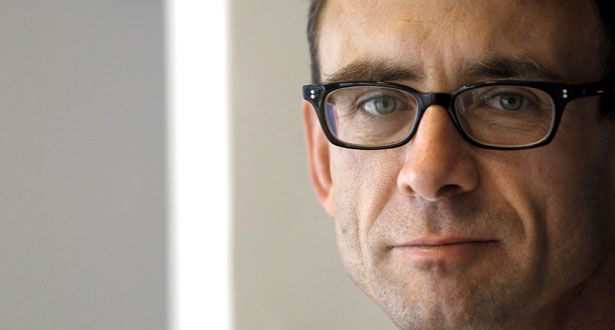
.jpg)
